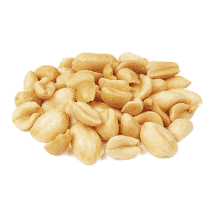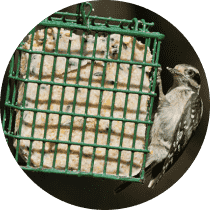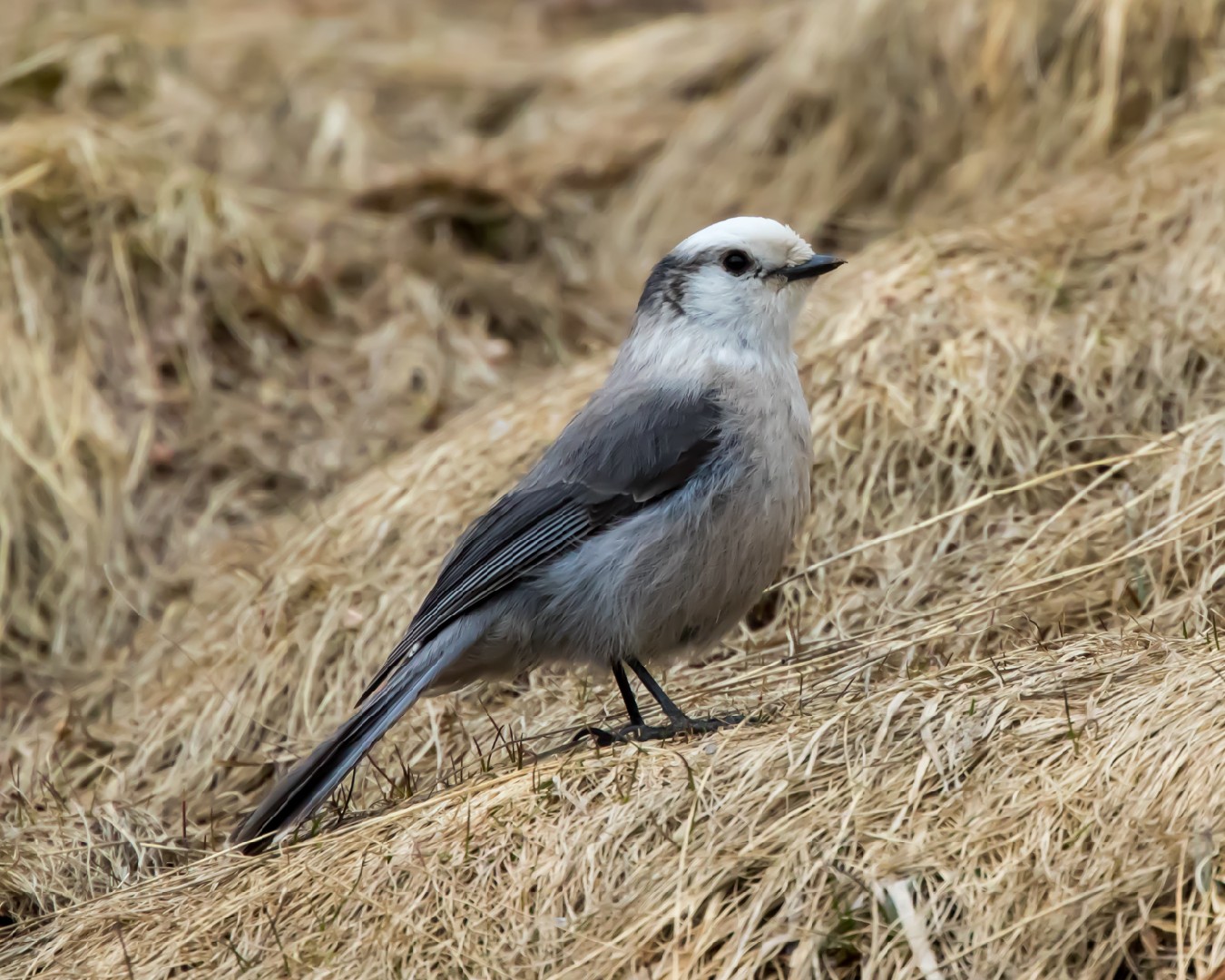Canada Jay
A species of Holarctic Jays, Also known as Grey Jay, Whisky-john Scientific name : Perisoreus canadensis Genus : Holarctic Jays
Canada Jay, A species of Holarctic Jays
Also known as:
Grey Jay, Whisky-john
Botanical name: Perisoreus canadensis
Genus: Holarctic Jays
Content
Description People often ask General Info
Description
The canada Jay is a fairly large songbird that has adapted to human proximity very well, often caught stealing food from campers and picnics. This curious bird is an opportunistic eater that stores food by gluing it to tree branches with its sticky saliva. Without these supplies and its dense, fluffy plumage, it would be difficult for this bird to survive harsh northern winters.
Size
29 cm
Life Expectancy
19 years
Nest Placement
Tree
Clutch Size
2 - 5 eggs
Incubation Period
1 brood
Number of Broods
18 - 19 days
Nestling Period
22 - 24 days
Feeding Habits
Canada Jay's diet includes arthropods, berries, fungi, carrion, nestlings, and small mammals. It feeds opportunistically, hunting prey, scavenging, or pilfering human food and game remnants. It employs perching and airborne foraging tactics, storing food in saliva-coated caches for future retrieval, with good recall of cache locations.
Habitat
Canada Jay inhabits boreal and subalpine forests across northern North America. This bird species thrives in areas typically at higher altitudes with cold, wet climates. Their preferred environment is dense with coniferous trees such as black spruce, white spruce, and jack pine. They avoid regions without spruce like the Sierra Nevada and lower elevations along the coast where Sitka spruce dominate. Canada Jay is also associated with mixed woodlands that include aspen, balsam fir, and white birch among others.
Nest Behavior
Building begins with the male, with both canada Jay genders contributing; however, the female's involvement increases over the 3-week period. Nesting behavior includes diligent work using body molding for the nest’s shape.
Nest Characteristics
Canada Jay's nest is constructed at low to moderate heights, typically at the south-facing forest edge for sunlight warmth. It's a ball of twigs, cocoons, and bark, with a twiggy donut above, lined with feathers or fur, measuring 4-6 inches high and 3 inches across.
Dite type
Omnivorous
People often ask
General Info
Feeding Habits
Bird food type

Black Oil Sunflower Seeds

Hulled Sunflower Seeds

Suet

Peanuts

Peanut Hearts

Fruit

Mealworms
Bird Feeder Type

Large Tube Feeder

Suet Cage

Large Hopper

Platform

Ground
Sounds
Call
Recording location: United States
Call
Recording location: United States
Behavior
Canada Jay exhibit a diverse range of behaviors reflective of their adaptability and intelligence. They glide through air with an unhurried grace, wings dipping, though can weave swiftly to evade predators or assert territory. Not just partners in flight, canada Jay are monogamous companions, scarcely parting from one another's presence. These birds, savoring the warmth of the sun, often roost on sheltered boughs near conifer trunks. The harsh climate doesn't deter their breeding in early year chill, and their young, while initially nurtured, must soon seek independence or territories of their own. The ousted juveniles may find solace with unrelated, nest-failed adults, and occasionally return to contribute to sibling care. Canada Jay communicate threats like raptors through a chorus of alarms and mobbing, showing remarkable audacity, especially when human victuals are at stake.
Distribution Area
The Canada jay's range spans across northern North America, from northern Alaska east to Newfoundland and Labrador, and south to northern California, Idaho, Utah, east-central Arizona, north-central New Mexico, central Colorado, and southwestern South Dakota. It is also found in the northern reaches of the states of Minnesota, Wisconsin, Michigan, New York, and New England. The Canada jay may wander north of the breeding range. 
Species Status
Canada jays are classified as least concern (LC) according to the IUCN Red List, having stable populations over a very large area of boreal and subalpine habitats only lightly occupied by humans. Significant human impacts may nevertheless occur through anthropogenic climate warming. Canada jays at the northern edges of their range may benefit from the extension of spruce stands out onto formerly treeless tundra. 
Scientific Classification
Phylum
Chordates Class
Birds Order
Perching birds Family
Crows and jays Genus
Holarctic Jays Species
Canada Jay 